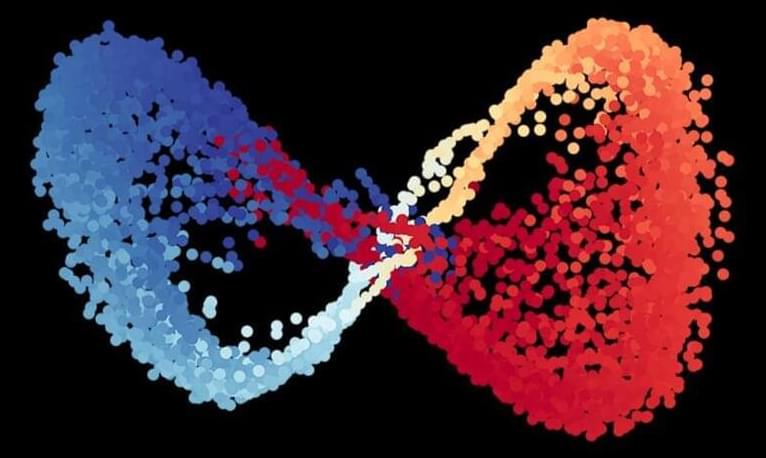The fear of losing jobs to computers is a common one among millions of people, and one that many have seen happen in their lifetime. But A.I. has the potential to allow many jobs to evolve, to become safer, more efficient and better for society as a whole.
The Age of A.I. is a 8 part documentary series hosted by Robert Downey Jr. covering the ways Artificial Intelligence, Machine Learning and Neural Networks will change the world.
0:00 Will A Robot Take My Job?
1:24 Trucking.
5:22 Testing Automation.
14:13 The Port.
21:22 Robots With Vision.
27:31 Cooking With Robots.
33:50 Change Is Coming
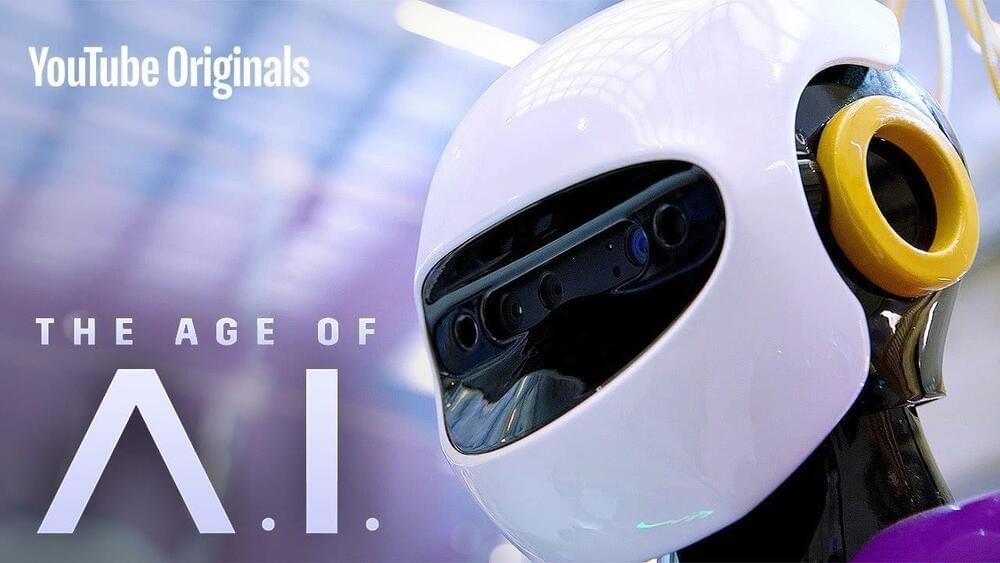
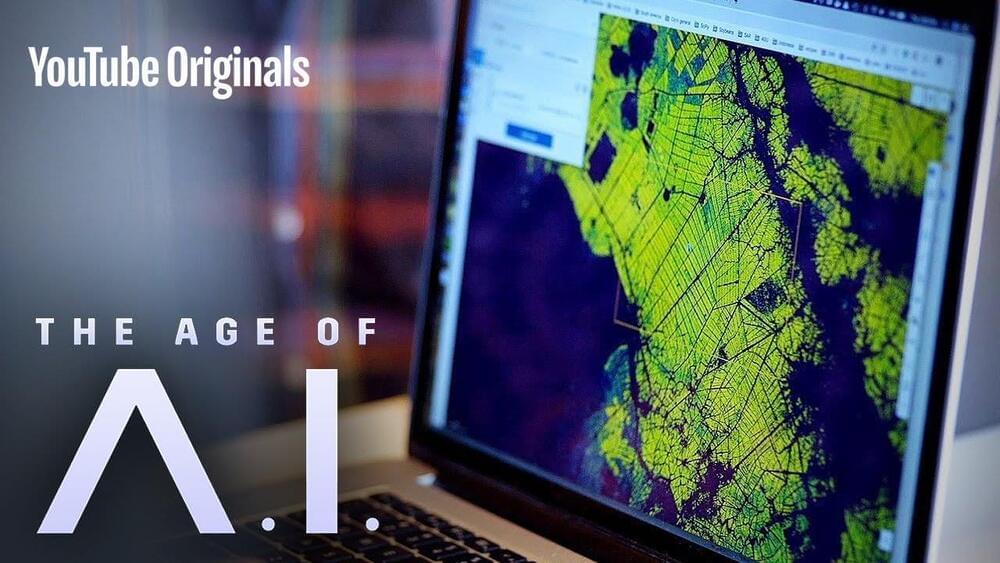
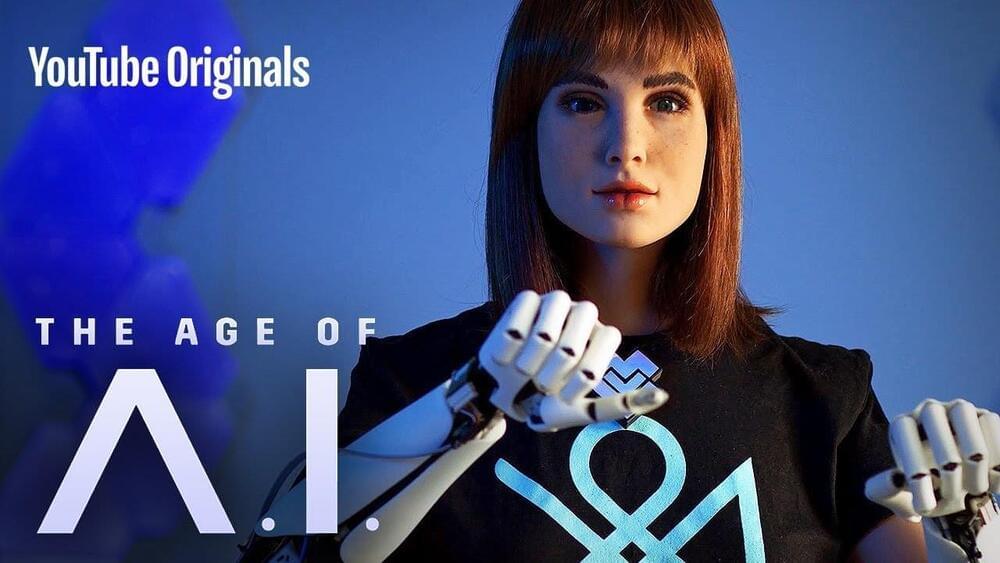
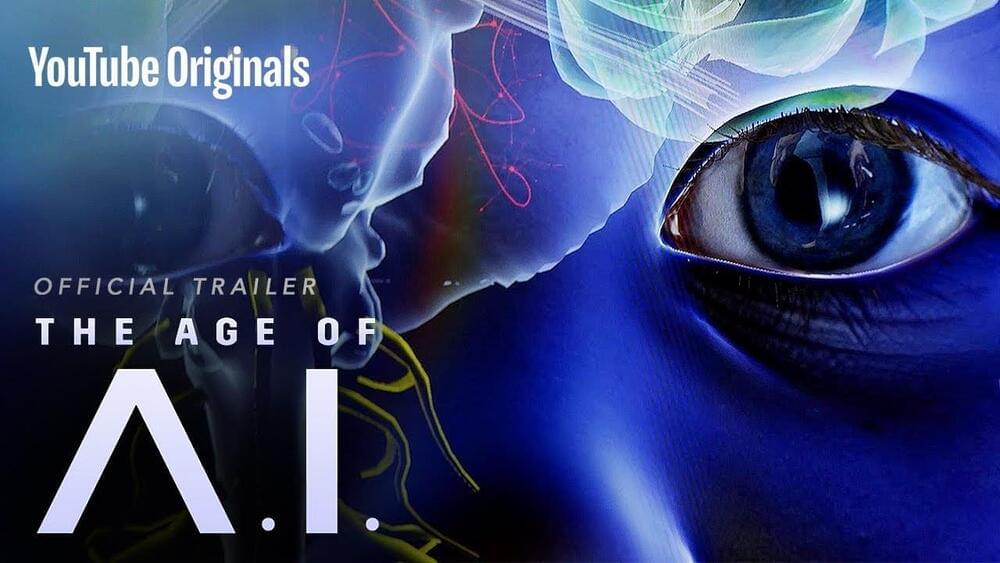

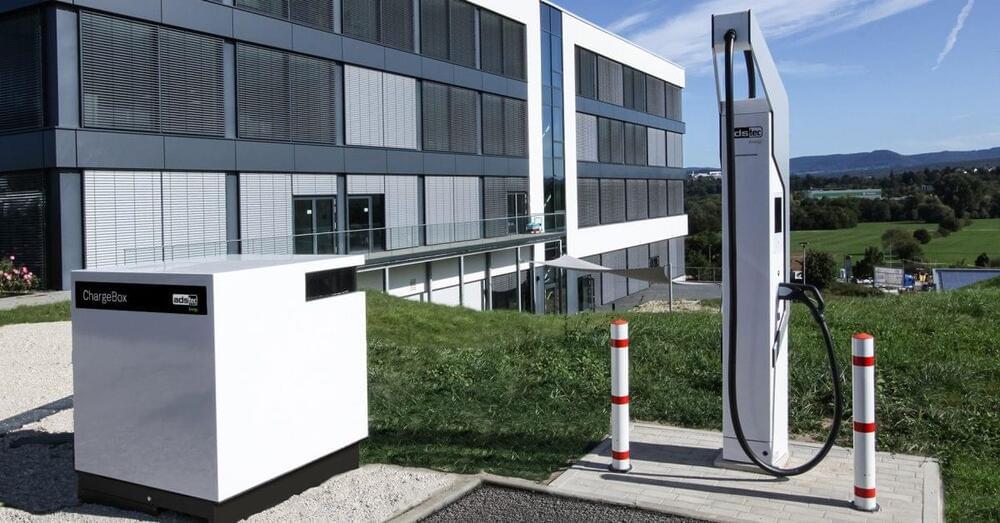
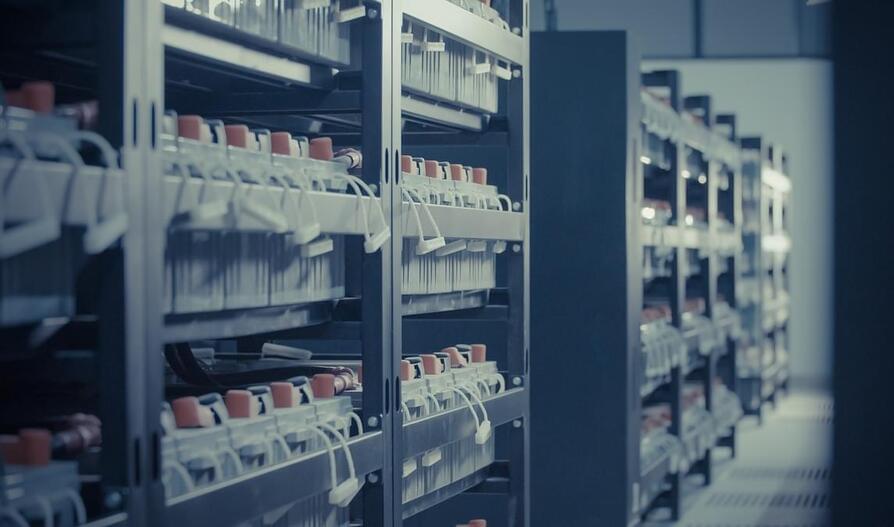
 עברית (Hebrew)
עברית (Hebrew)

